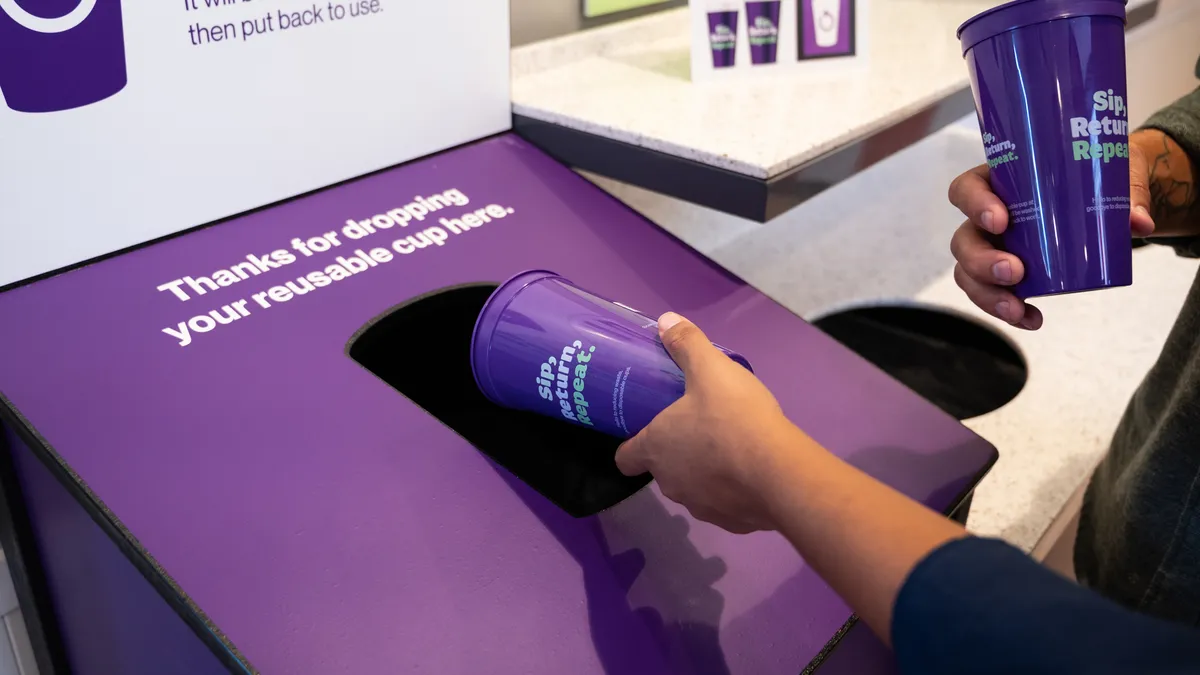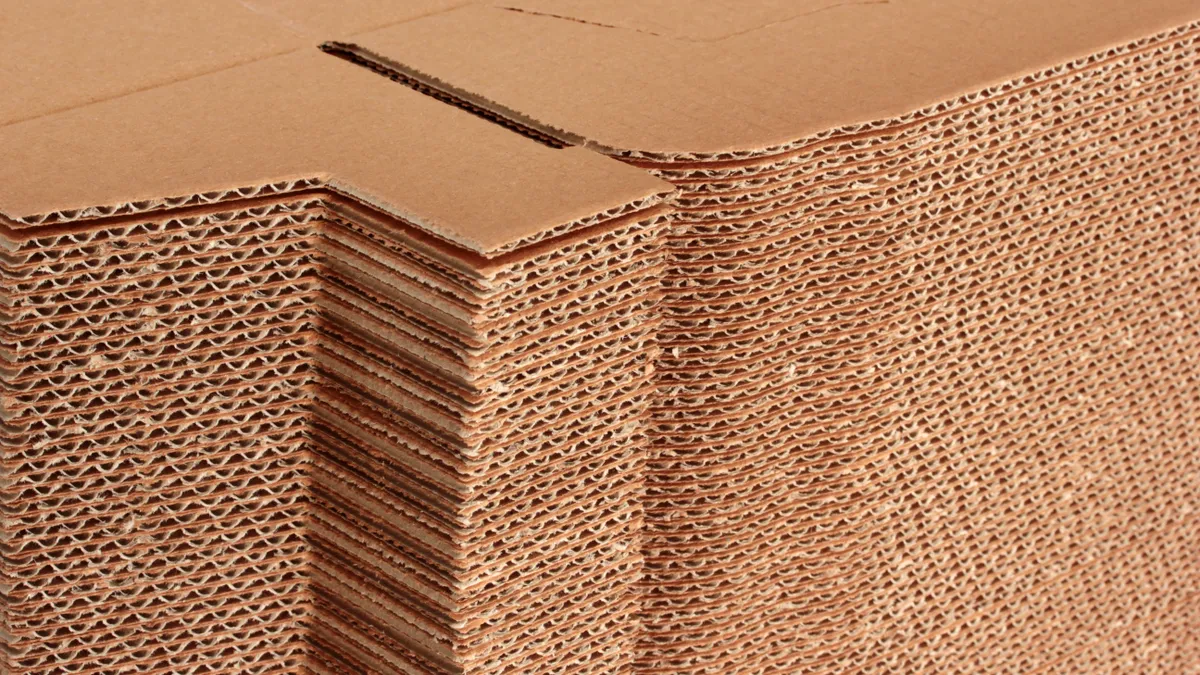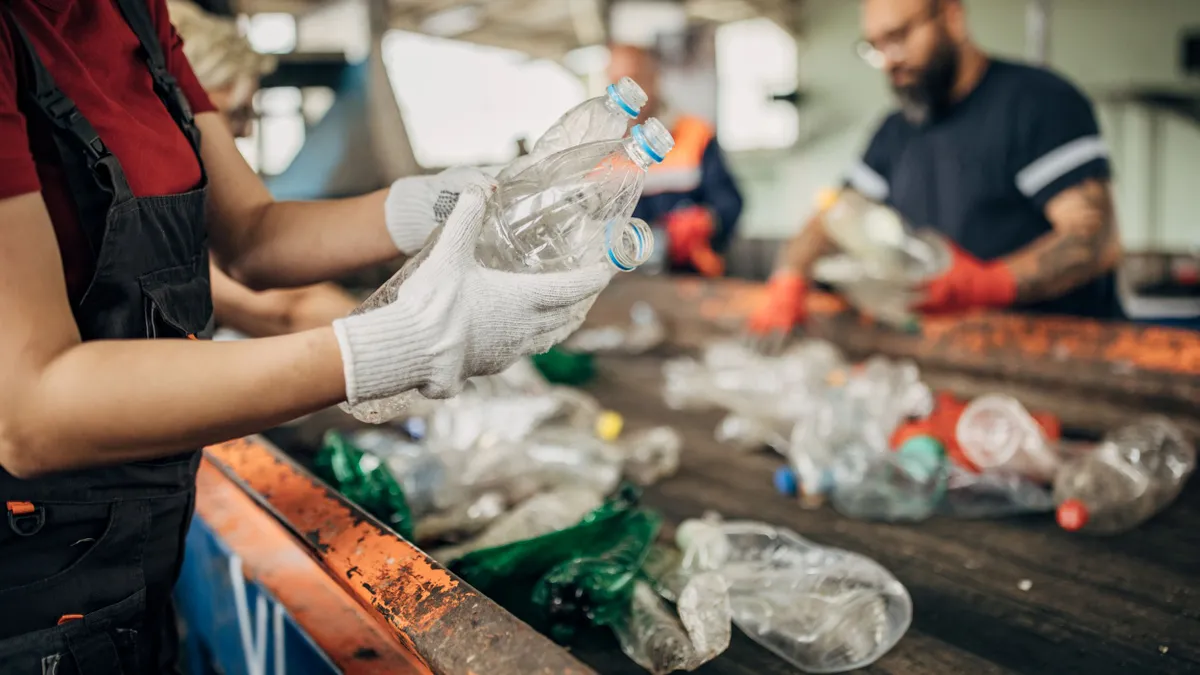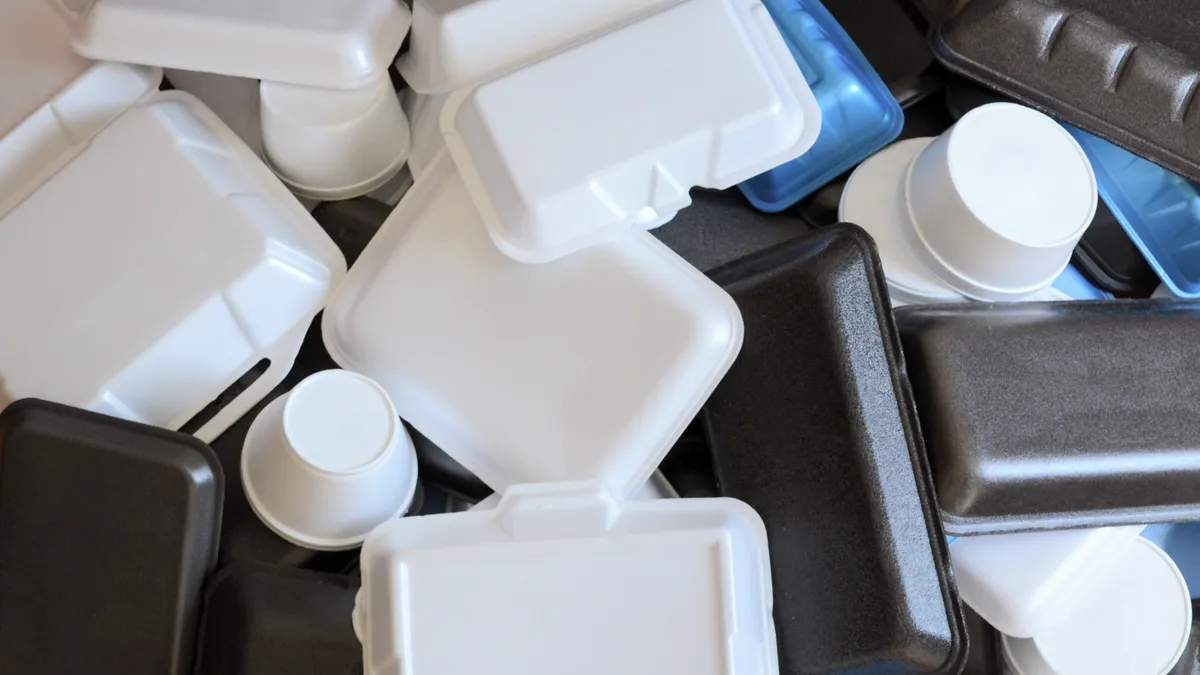Prices could go up for granola bars, candy and other snacks in light of import duties on aluminum foil, packaging and brand groups say.
In November, the U.S. Department of Commerce issued a final decision on import duties on aluminum foil products from South Korea and Thailand. According to trade groups, the very thin foil used in some flexible packaging is affected alongside other aluminum for which more robust domestic manufacturing exists, including that used in aluminum foil kitchen wrap or electric car batteries.
The Commerce Department found that imports of certain aluminum foil exported from Korea and Thailand using inputs manufactured in China were circumventing the antidumping and countervailing duty orders on aluminum foil from China. According to background in a Federal Register notice, Commerce published such orders against China in 2018, and in 2022, it self-initiated countrywide circumvention inquiries to determine whether imports of aluminum foil completed in Korea and Thailand with Chinese inputs were circumventing those orders.
“The DOC is picking winners and losers in U.S. manufacturing markets, and aluminum manufacturers continue to win over flexible packaging manufacturers because the Department refuses to appreciate and distinguish between aluminum, aluminum foil, and the various gauges of aluminum foil that are manufactured,” the Flexible Packaging Association wrote in a December release. FPA says that less than 10% of material needs can be met in the U.S.
Of all the materials purchased for flexible packaging — which also include plastic, paper, inks, coatings and adhesives — the light gauge foil accounts for 5%, according to Alison Keane, president and CEO of the Flexible Packaging Association. It is generally used as a barrier layer in a multi-layer package. Barrier layers can be used to protect against moisture or light.
Keane said it’s difficult to estimate just how much this will increase costs for companies buying packaging. “The current tariffs range from about 80% to 108%, which would be added to the cost of foil,” Keane said in a January email. “That would only be a percentage of the total costs of the package and would vary from package to package depending on the amount of foil.”
“What we have to look for is continued movement of packaging to Canada and Mexico,” Keane said. “Because if you laminate the foil to paper or plastic and then bring it in to convert it, or if you convert the entire package offshore, then you bypass these tariffs,” Keane said in a December interview.
The Flexible Packaging Association, which took the lead on advocacy in communication with the National Confectioners Association and other affected groups, decided against trying to appeal the decision. But it’s focused on whether the Department of Commerce could look at other countries that manufacture foil.
“We import from Brazil, we import from Germany, we import from India,” Keane said. “If they can go after South Korea, which has been a very strong trading partner for decades, they can go after anybody at this point and really continue to shut down the food and the medical segments of converting in the United States. So it's pretty damaging.”
This adds to an already challenging business and manufacturing environment, with concerns about tariffs and availability issues, said Tom Madrecki, vice president of campaigns and special projects at the Consumer Brands Association. He said it’s too early to say whether this could prompt brands to make any big packaging or sourcing pivots, but in the short term it’s more likely that costs are absorbed.
“Where the product has been utilized in packaging, it's for good reason and for meeting certain considerations that have been given by the manufacturer,” whether in terms of food safety, quality control, shelf appeal or other packaging design considerations, Madrecki said.
“In many cases, there isn't a great alternative yet to those products,” which could result in the decision to maintain existing packaging design and sourcing, despite higher costs, he said. “My sense is that in this case, there isn't an immediate pivot or [plans to] wholesale change their operations and change their packaging just because of this one decision.”
FPA said that, where substitution is feasible, brands explore metallized plastic and other innovative barrier protection solutions. “They really are trying to find substitutions for this foil so that they can be competitive and they can still manufacture in the United States,” Keane said. Where replacement technologies don’t exist, “those are the ones that will continue to either be really expensive or will move offshore.”
CBA has also recently been engaged on a Department of Commerce determination to impose antidumping and countervailing duties on tin mill products from Canada, China, Germany and South Korea. The groups say can manufacturers in the United States rely on imported material to meet volume needs and that duties would raise prices on canned food and other goods for American consumers. The International Trade Commission is expected to make a final determination on Feb. 6.
Each situation, with aluminum foil and tin mill steel, “at the end of the day just means that consumers and manufacturers will be paying more in incremental amounts each time that there's yet another tariff on a product that isn't available here and is being sourced for a given reason,” at a time of high grocery inflation, Madrecki said.























